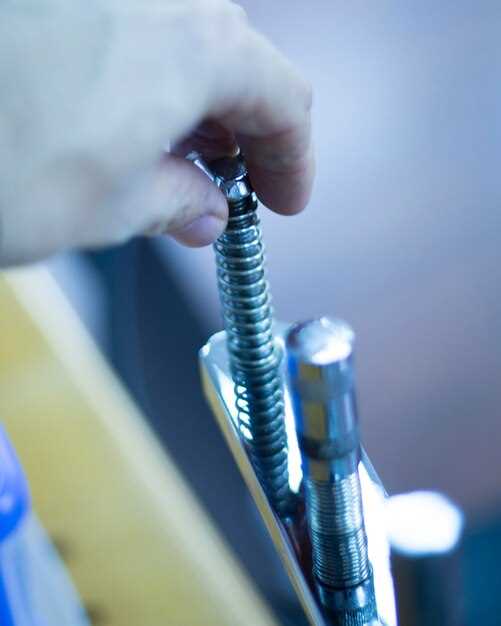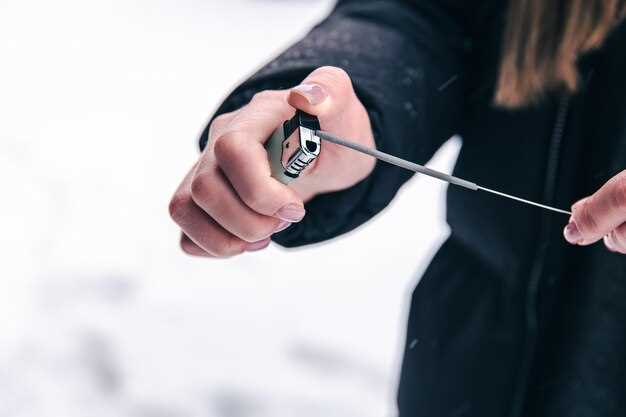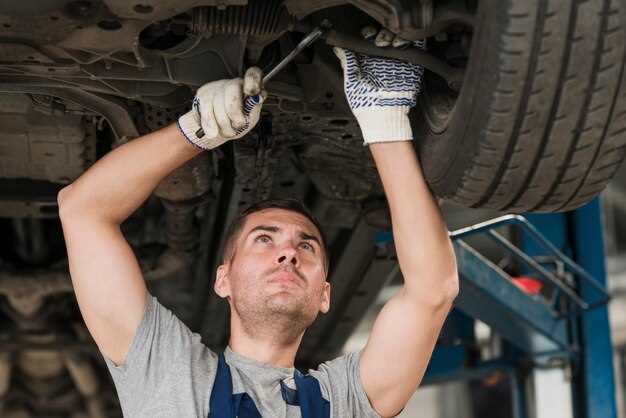
When to replace your tie rods
- Dominique Kaye
- 0
- Posted on

When it comes to vehicle maintenance, one crucial aspect that often gets overlooked is the condition of your tie rods. These components are responsible for connecting the steering mechanism to the wheels, allowing for precise control and maneuverability. If tie rods are worn or damaged, they can lead to significant steering issues, putting both your safety and driving experience at risk.
Recognizing when it’s time to replace your tie rods is essential for maintaining optimal steering performance. Symptoms such as uneven tire wear, a loose steering wheel, or a noticeable vibration during driving can indicate potential problems with the tie rods. Ignoring these signs can lead to more severe damage not only to the steering system but also to other parts of your vehicle.
In this article, we will delve into the key indicators that suggest your tie rods may need replacement. Understanding these signs will help you make informed decisions about your vehicle’s maintenance, ensuring safer and smoother drives on the road.
Unusual Steering Behavior: Recognizing the Symptoms
When your vehicle begins to exhibit unusual steering behavior, it may be an indication that your tie rods are failing. Recognizing these symptoms early can help prevent further damage and ensure your safety on the road.
- Excessive Play in the Steering Wheel: If you notice a significant amount of play or looseness in the steering wheel, it can signal that the tie rods are worn and may need to be replaced.
- Unresponsive Steering: Difficulty in maneuvering your vehicle or delayed response when turning the wheel is a clear warning sign that the steering components, including the tie rods, may be compromised.
- Steering Wheel Vibration: If the steering wheel shakes or vibrates, particularly when driving at higher speeds, this may indicate a problem with the tie rods or other steering parts that require attention.
- Uneven Tire Wear: Inspecting your tires for any unusual or uneven wear patterns can also hint at tie rod issues, as misalignment caused by faulty tie rods can lead to premature wear.
- Pulling to One Side: If your car consistently drifts or pulls to one side while driving, it could suggest that the tie rods are not functioning correctly, affecting the vehicle’s alignment and stability.
Addressing these symptoms promptly can help maintain your vehicle’s handling and prolong the lifespan of other steering components. If you notice one or more of these signs, it’s advisable to consult a professional mechanic to evaluate the condition of your tie rods and make the necessary repairs.
Visual Inspections: Checking for Wear and Damage

Regular visual inspections of your vehicle’s tie rods are essential to ensure optimal steering performance and safety. Start by examining the rods themselves for any signs of wear, such as cracks, bends, or corrosion. These physical deformities can indicate that the rods are no longer functioning effectively, necessitating replacement.
Next, inspect the rubber boots that protect the tie rod ends. Look for any tears, cracks, or signs of deterioration, as damaged boots can lead to contamination of the joints and subsequent failure of the steering components. Ensure that the boots are properly sealed and free from grease leaks.
Pay attention to the connection points where the tie rods attach to the steering knuckles and steering rack. Signs of excessive play or movement at these joints can point to worn out components, compromising vehicle handling and alignment. Secure connections are vital for maintaining control while driving.
Additionally, assess the overall alignment of your vehicle. Uneven tire wear or pulling to one side during driving can be an indication of compromised tie rods, even if damage is not immediately visible. Addressing these issues promptly can prevent further damage and maintain the integrity of your steering system.
Conducting thorough visual inspections of the tie rods is crucial in identifying potential problems. Addressing any signs of wear and damage early can help ensure a safe and reliable driving experience.
Impact on Vehicle Performance: Understanding the Risks

When tie rods wear out or become damaged, the impact on vehicle performance can be significant. These critical components play a vital role in steering and suspension systems, connecting the steering gear to the wheels. If you notice signs of wear, it’s essential to address the issue promptly to avoid further complications.
Compromised Steering Precision: Faulty tie rods can lead to vague or unresponsive steering. This can make it difficult to maintain control of the vehicle, particularly during turns or sudden maneuvers. As the tie rods deteriorate, drivers may experience a tendency for the vehicle to drift, increasing the risk of accidents.
Uneven Tire Wear: Worn tie rods can cause misalignment of the wheels, leading to uneven tire wear. Drivers may notice that one side of their tires wears down faster than the other, which can result in costly replacements and negatively impact fuel efficiency. Regularly checking tie rods can help prevent this issue from escalating.
Increased Suspension Stress: Damaged tie rods can place excess stress on other suspension components, leading to premature failure. This can create a domino effect, where one failing part causes a strain on others, ultimately resulting in more expensive repairs and decreased vehicle reliability.
Understanding the risks associated with failing tie rods is crucial for maintaining optimal vehicle performance. By recognizing the importance of these components and addressing any signs of wear promptly, drivers can ensure their vehicles remain safe and responsive on the road.
